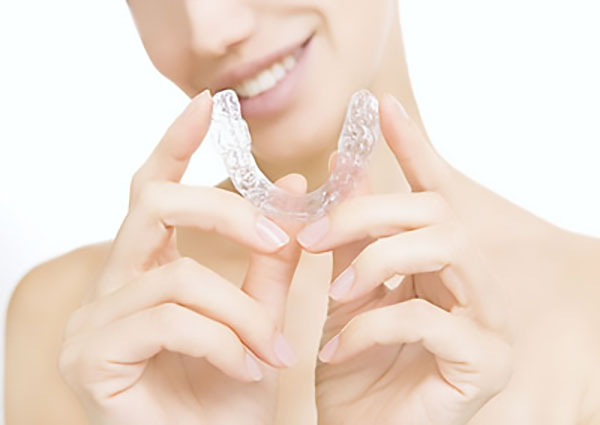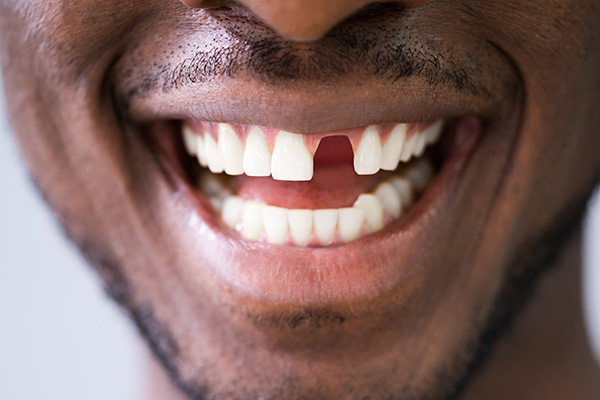Are Clear Aligners Better Than Braces?

If you want to improve your smile, there are many orthodontic treatment options available, including clear aligners and braces. Both can successfully treat many orthodontic problems. Many people considering orthodontic treatment are usually not sure which of these two dental appliances to use to fix their problems. People should know that one appliance is not essentially better than another. The right orthodontic treatment for a patient will be based on the goals of treatment and the lifestyle needs of a person.
Clear aligners or braces
Aligners are clear removable appliances that are effective in straightening teeth. Wearing them puts pressure on the teeth and helps reposition them. Braces rely on brackets that are connected by wires to move teeth. These appliances have been the traditional form of treatment used by dentists for many years. Today’s braces came in a variety of models, including tooth-colored ceramic, stainless steel and gold-colored. Here are a few treatment factors to consider for both clear aligners and braces.
Clear aligners
Aligners are thin, clear trays that are nearly invisible. This means many people will not be able to tell that a person is wearing them at all. Tooth-colored attachments are usually placed on the teeth to help move the teeth into the desired position. These devices are designed to fit any person’s lifestyle because it is hard to notice them.
Clear aligners can be removed. This is convenient because it makes it easier to brush and floss properly. A person can also take them out to eat or for short periods for work or even social occasions. However, people should remember to wear them as prescribed. This is usually a minimum of 22 hours a day.
A patient may experience initial discomfort after switching to a new set of aligners. Fortunately, the discomfort can easily be managed. People should not remove these appliances because of discomfort. This will make them less effective. Aligners can only achieve the expected results when they are in the mouth.
Braces
Braces may consist of bands, wires and brackets. Braces that use tooth-colored brackets or go behind the teeth are usually more inconspicuous. But other elements including rubber bands, wires and gold-colored brackets are easily noticeable. A patient can, however, choose the desired rubber bands.
Braces remain in place during the treatment duration. This makes them more effective. Since braces are affixed to the teeth, they cannot be lost. A person may experience initial discomfort when braces are put on or adjusted. The wires and brackets can also irritate mouth tissue for a while. The good thing is that the discomfort is usually temporary and easily manageable.
Talk to your dentist
Clear aligners and braces are both common orthodontic appliances. These appliances are both recommended for correcting orthodontic problems. Talk to your dentist if you want to learn more about braces, clear aligners and other orthodontic treatments. Your dentist can suggest the option that is right for you based on your needs and goals of treatment.
Are you considering getting clear aligners in the Stoughton area? Get more information at https://dentistryonpark.com.
Check out what others are saying about our services on Yelp: Read our Yelp reviews.
Recent Posts
When searching for a dentist near me, families are often looking for more than just convenience. Quality, comfort, and trust can all help them select the right dental provider. Working with a trustworthy dental practice that understands your entire family's needs can make a lasting difference in your oral health.Dental health has a direct link…
If you're considering your options for replacing missing teeth, you may want to know when you should make your decision. In short, as soon as you can. Now, this is not always an option nor available at a moment's notice.Depending on the route you go, you're going to have to wait to let things heal.…
If you have a missing tooth or several missing teeth, you may wonder what your options for replacing missing teeth are. Fortunately, there are several replacement options. Dental implants are not the only option for replacing missing teeth. Continue reading to learn about the treatments available, along with the pros and cons of each treatment…
Dentures are a removable option for replacing missing teeth that can provide the wearer with either a full or partial set of false replacement teeth. Your best choice depends on the number of natural teeth that need to be replaced. In either case, a crucial aspect of successful denture wearing is proper care and hygiene…


